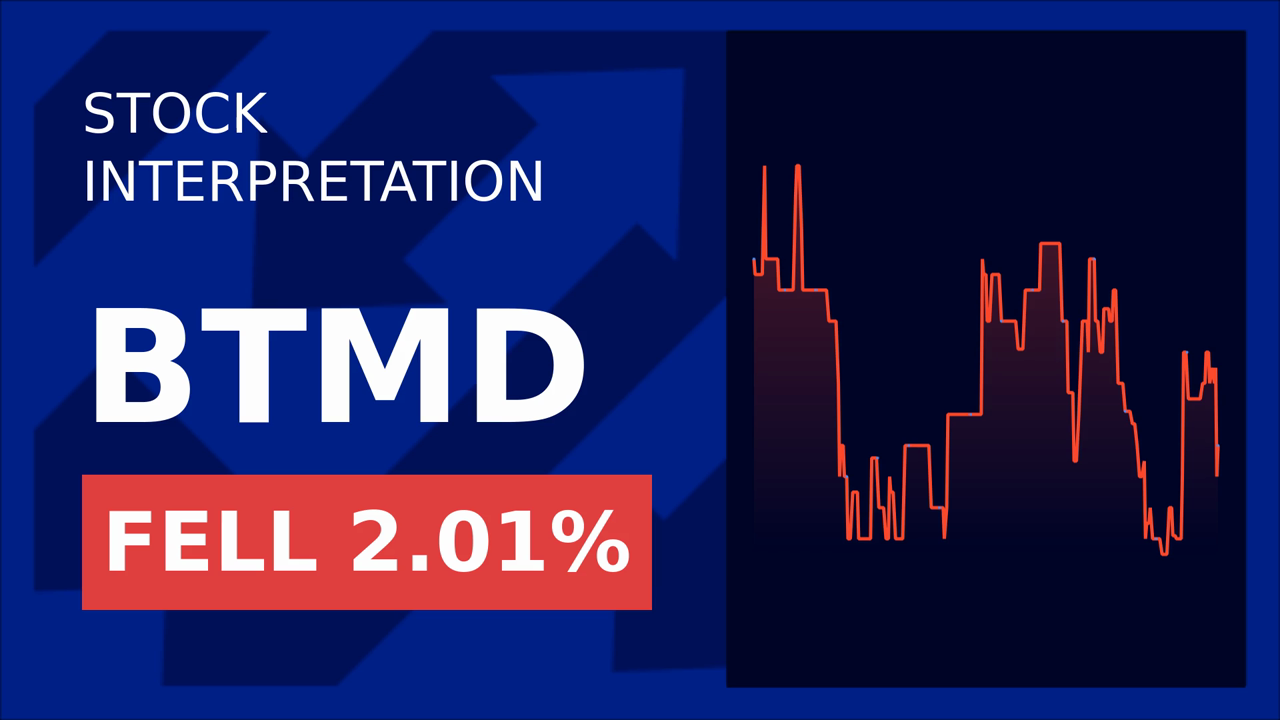Adaptive Biotechnologies Soars on MRD Growth and Cost Discipline in Q1 2025
Adaptive Biotechnologies Corporation (ADPT) delivered a robust Q1 2025 earnings report, showcasing its transition into a financially disciplined growth engine. The company’s Minimal Residual Disease (MRD) business, which accounts for 83% of revenue, grew 34% year-over-year to $43.7 million, while total revenue surged 25% to $52.4 million—eclipsing Wall Street’s $43.2 million consensus by 21.5%. This performance, paired with aggressive cost-cutting and expanded Medicare coverage for its clonoSEQ test, positions Adaptive as a leader in precision oncology diagnostics.

MRD Dominance and Clinical Momentum
The clonoSEQ test, which detects minimal residual disease in blood cancers, remains the linchpin of Adaptive’s success. Q1 volumes rose 36% to 23,117 tests, driven by Medicare’s expanded coverage for mantle cell lymphoma monitoring—a critical win for market penetration. While test volumes narrowly missed analyst expectations (23,468 projected), MRD revenue blew past forecasts ($34.6 million estimated vs. $43.7 million actual), highlighting pricing power and demand resilience.
Strategic partnerships also bore fruit, with $4.5 million in pharma regulatory milestone revenue. This underscores Adaptive’s dual role as both a diagnostic innovator and a collaborator in drug development, where its immune profiling technology aids pharmaceutical clients in refining cancer therapies.
Cost Discipline and Financial Turnaround
Adaptive’s shift from rapid scaling to operational efficiency is now evident. Operating expenses fell 9% to $82.0 million, narrowing the net loss to $29.8 million—a 37% improvement over Q1 2024. Adjusted EBITDA improved by 55% to a $12.7 million loss, while cash reserves held steady at $232.8 million. Management’s revised guidance further signals confidence: Full-year MRD revenue is now projected at $180–190 million (up from $175–185 million), and cash burn is expected to drop to $50–60 million (vs. prior guidance of $60–70 million).
This financial discipline contrasts sharply with the company’s earlier struggles. The stock’s 7.3% underperformance over the prior month reflects investor skepticism about its ability to monetize growth sustainably—a narrative Adaptive now aims to reverse.
Immune Medicine: A Work in Progress
The Immune Medicine segment, focused on drug discovery, reported a 6% revenue decline to $8.7 million due to reduced collaboration activities. While this segment lags behind MRD’s momentum, management emphasized progress in its preclinical programs targeting autoimmune diseases and solid tumors. The long-term opportunity here remains significant, but near-term focus remains on MRD’s scalability and profitability.
Strategic Outlook and Valuation
Adaptive’s Q1 results underscore its transition to a profitable, high-margin business model. The MRD segment’s 34% growth and Medicare wins suggest a path to sustaining mid-20% annual revenue expansion. With a cash runway exceeding four years and a reduced burn rate, the company is well-positioned to fund its priorities without dilutive financing.
Conclusion
Adaptive Biotechnologies has emerged from Q1 2025 as a transformed company: one that balances aggressive growth in MRD diagnostics with disciplined cost management. The clonoSEQ test’s clinical adoption and Medicare expansion provide a sturdy foundation for revenue visibility, while pharma partnerships and drug discovery efforts open future avenues.
With shares down 7.3% in the month leading up to the report—a disconnect from its financial outperformance—the stock appears undervalued. At a current valuation of ~$1.3 billion (vs. $232.8 million in cash), the market may be underestimating the MRD business’s long-term potential. If Adaptive continues to execute on its cost and growth targets, this undervaluation could reverse, making ADPT a compelling play on the precision medicine revolution.
Investors should monitor MRD volume trends and pharma partnership milestones closely. With a 4+ year cash runway and a streamlined cost structure, Adaptive is positioned to capitalize on its technology leadership—potentially rewarding shareholders as the market recognizes its transformation.


_41c5d7291749577840008.jpeg)







